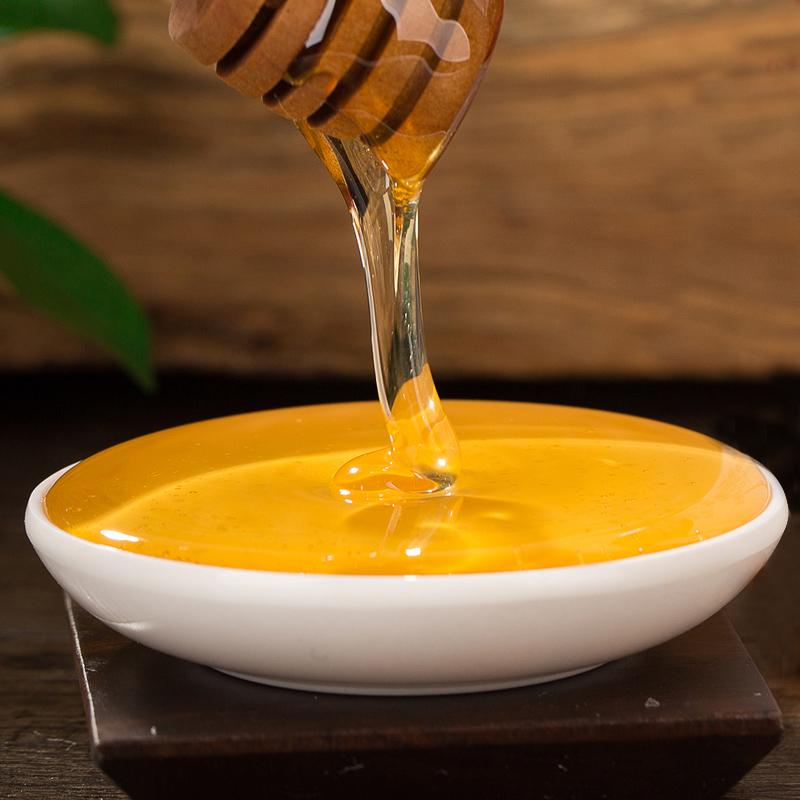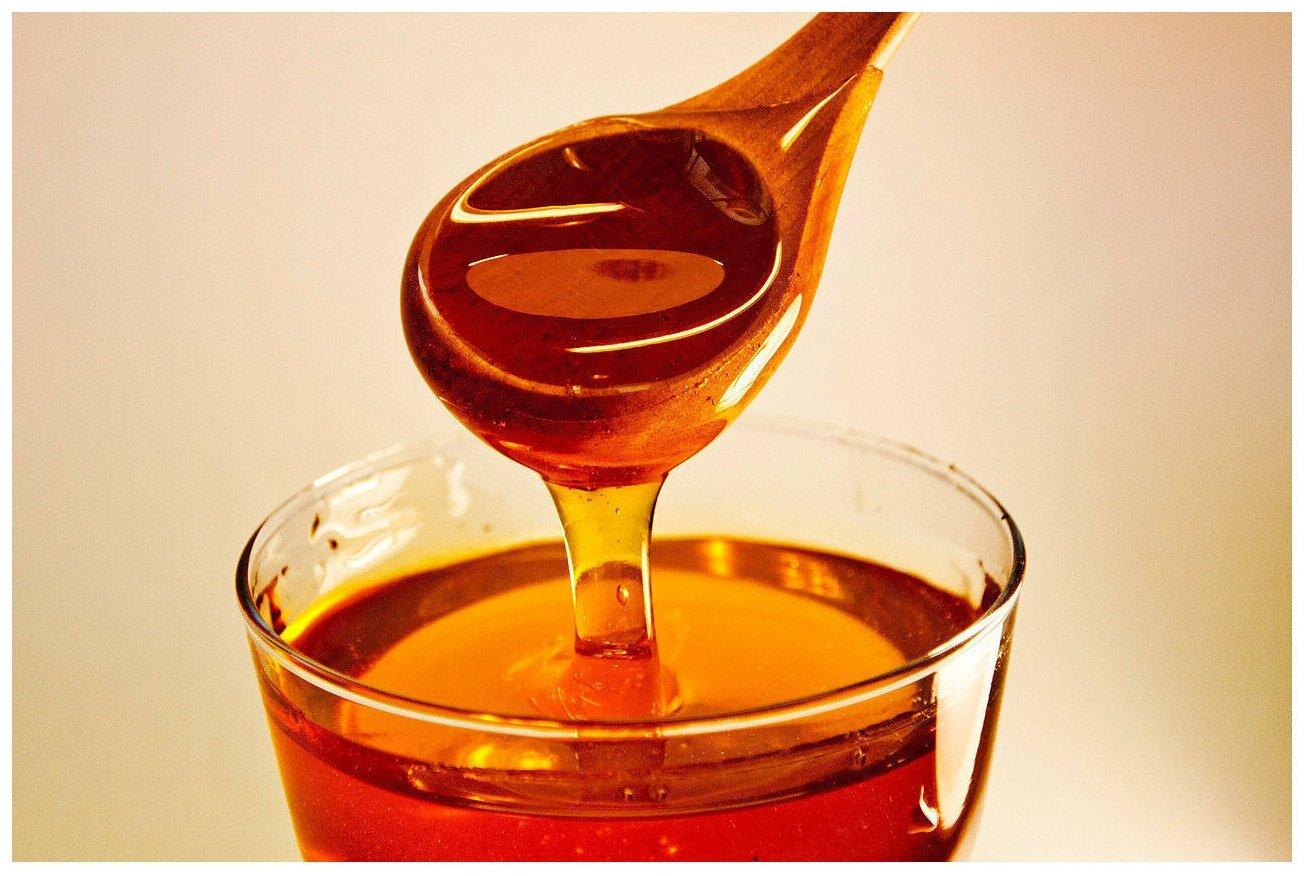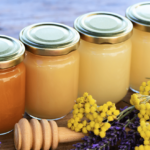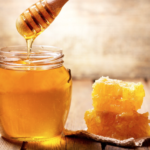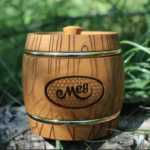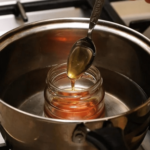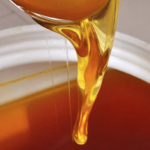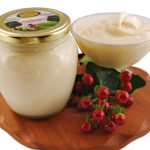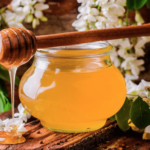Honey can be liquid or solid, crystallized. The liquid consistency is characteristic of a fresh product, after which most varieties harden. Let's look at why honey is liquid, how quickly the natural product thickens, which affects the process. Why does the product sometimes remain liquid? How to distinguish a good bee product from a counterfeit one, how to store it correctly.
What affects crystallization and does real honey thicken?
Fresh, just pumped out - always liquid.The reason for its hardening is that crystallization is a natural process necessary to preserve the product and is an indicator of its quality. It is influenced by the percentage of glucose and fructose content, the volume of water, storage time and temperature.
Since these parameters are different for different varieties of honey, the time at which crystallization begins will be different. The quickest to harden is the mass of rapeseed, sunflower, buckwheat, and meadow grasses. Under normal storage conditions, the product will become hard within 2 months.
On average, liquid honey should become thick within 2-6 months, but for some varieties the period may be longer, it all depends on the plants from which the bees collected nectar. In 2-6 months, honey from linden, sweet clover, sow thistle, angelica, sainfoin, and honey will harden. Products made from acacia, chestnut, and honeydew can remain liquid for longer than six months.
Why does honey remain liquid?
If time has passed and it still remains liquid, this may be due to the fact that the pumping was carried out at the wrong time, and it has not yet had time to ripen in the combs. The reason may be the high water content, which makes the sweetness liquid for a long time, as well as impurities that also prevent it from hardening. The water content is what distinguishes fresh honey from unripe honey. You need to start the first pumping and subsequent ones only after the insects have sealed all the honeycombs. The product does not crystallize well if the bees are fed with sugar, which is sometimes practiced by beekeepers.
To distinguish fresh from unripe, you can do a test: scoop it into a special spoon and scroll. The first one will stay on the spoon, the second one will flow down in a stream. An unripe product cannot be stored for a long time; there is a possibility that fermentation will begin and it will be unfit for consumption.Fermentation can be noticed by bubbles of carbon dioxide and a characteristic odor.
Physical characteristics of honey and how to distinguish counterfeit?
The shelf life is influenced by two parameters - hygroscopicity and viscosity. Hygroscopicity depends on the composition, viscosity, and state of aggregation. The indicator increases if the composition contains a lot of fructose and mineral elements. Fresh mass is more hygroscopic than solid mass. The ability to absorb water is also affected by air humidity. Storage at a humidity level of more than 66% leads to excess moisture content; at levels less than 58%, moisture evaporates from the surface of the mass.
Counterfeit honey can be distinguished from natural honey by its weak aroma and unexpressed taste (the mouth will not feel the characteristic astringency, only sweetness). Real honey is thicker and will flow from a spoon more slowly than counterfeit honey.
Can honey remain liquid if stored properly?
The minimum shelf life is 1 year, but the sweet product can be stored longer. Shelf life and quality are affected by two factors - humidity and temperature. Honey is stored in jars with lids so that moisture does not affect them. It is best to choose clean, dark glass jars to prevent sunlight from spoiling the product. If storage occurs in transparent jars, then care must be taken to ensure that they are kept in a dark place.
It is much more important to choose the right temperature for storage. Honey is stored for a long time in the temperature range from minus 6 to 20 degrees Celsius.If the room is warmer, the shelf life decreases and the product loses nutrients. Honey can freeze without harm (you can keep the jars in the refrigerator), but in the heat it melts and becomes liquid. Temperature changes, alternating solidification and melting reduce the quality of the product. Intentional heating, which is used for falsification, also works.
Whether honey will be liquid or thick depends on its “age”, the type of plants from which it is collected, the conditions of collection and storage. If by all indicators it is fresh, recently collected, it will be liquid, but viscous. After some time it naturally begins to harden. Hardening is necessary to preserve nutrients and extend shelf life.
Any honey, if stored correctly, will crystallize sooner or later. In this form it is suitable for use for several years.

